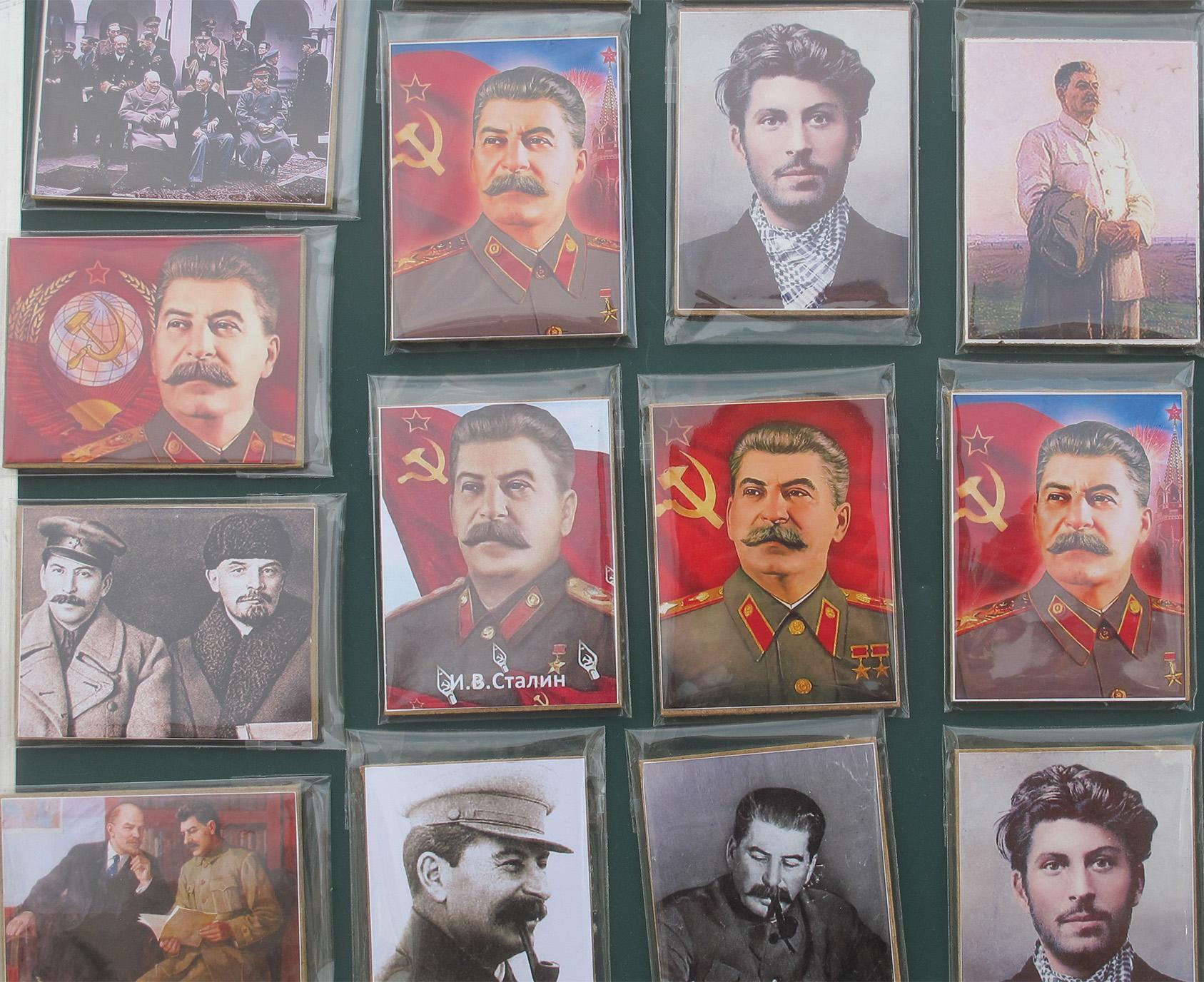Russian President Vladimir Putin is continuing what he calls his “special operation” in Ukraine. Since the conflict began on Feb. 24, thousands of Russians have been arrested for protesting against Putin’s actions, and many Russians who criticize the government have fled the country.
Some residents of former Soviet countries feel that the clampdown on dissent is a step backward, toward some of the most repressive days of the former Soviet Union.
During Josef Stalin’s reign of the Soviet Union, millions of people even loosely suspected of being against the regime were killed or sent to labor camps. Historians have argued that some of Stalin’s actions should be labeled as genocide.
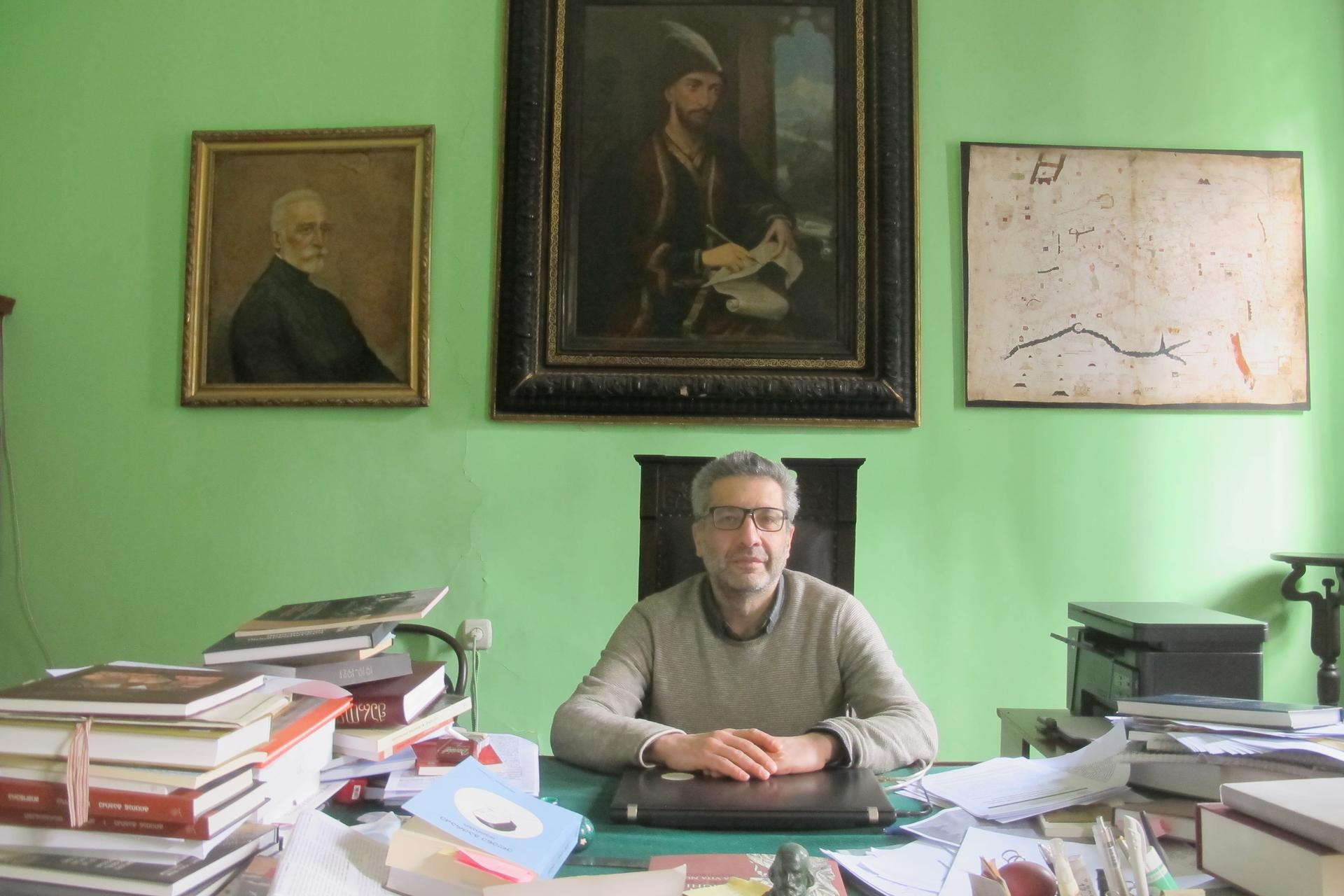
Tinatin Japaridze, author of the book, “Stalin’s Millennials: Nostalgia, Trauma, and Nationalism,” said that many Georgians are still reluctant to discuss the horrors of the Stalin period.
“I grew up in a household that still tried not to talk about that era,” said Japaridze, who has family members that were killed in Georgia under Stalin.
Related: Libraries around the world are helping safeguard Ukrainian books and culture
Japaridze said that millennials in Georgia, like herself, who were born in the waning days of the Soviet Union — it fell in 1991 — are simply not interested in Stalin.
“[Millennials] don’t talk about Stalin. They don’t talk about the Second World War because somehow it’s seen as a thing of the past.”
“[Millennials] don’t talk about Stalin. They don’t talk about the Second World War because somehow it’s seen as a thing of the past,” Japaridze said.
She argues that millennials were born into a system that was, in part, shaped by the Stalinist generation. Not paying attention today to what happened under Stalin is worrying, Japaridze said, particularly as politicians like Putin try to put their own spin on historical events. Japaridze said that knowledge is the only way to avoid repeating past mistakes.
It’s something that some historians and activists want to change.
But for some in Georgia, Stalin’s birthplace, he represents a rags-to-riches tale — regarding him as the country’s most-famous native son who put the country on the map.
Related: Ukraine’s LGBTQ community finds refuge in Berlin
Stalin came from humble beginnings, but eventually helped orchestrate the Russian Revolution. By the end of the 1920s, he rose to become the uncontested leader of the former Soviet Union — the world’s largest country at the time.
“For a small country that’s always seen itself on the periphery, the fact that one of the world’s most-famous leaders came from Georgia has paradoxically provided a sense of national pride,” said Timothy Blauvelt, a history professor at Ilia State University in Tbilisi.
The Stalin State Museum, situated behind the small, white cottage where Stalin was born in Gori, Georgia, is dedicated to the leader’s life. The lime-green railcar he once traveled in is also parked there.
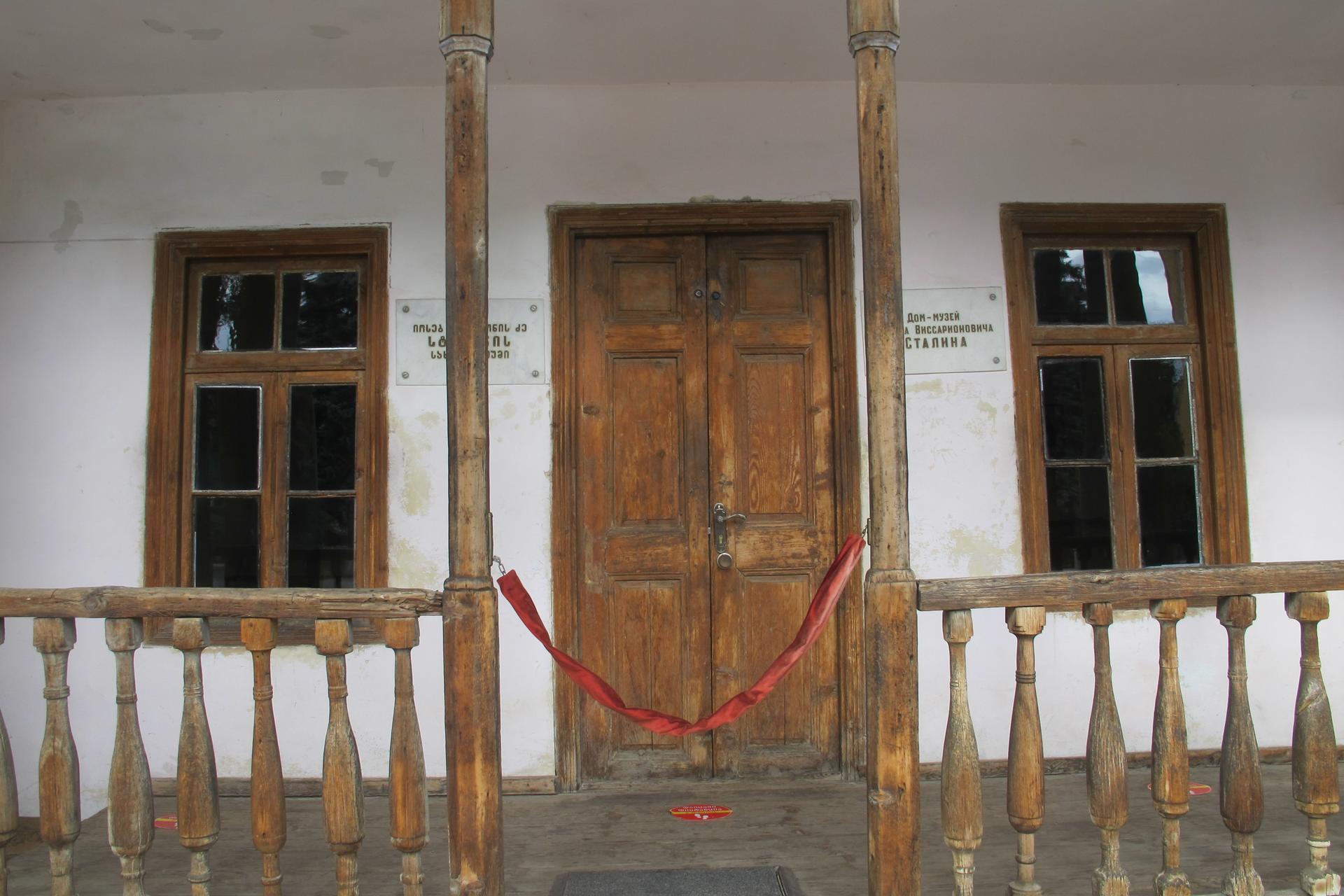
Outside the museum, vendors sell refrigerator magnets with an image of a grinning Stalin and an inscription that reads “the hope of the world.” A busy street beside the park where the museum stands bears the name Stalin Avenue.
Gori’s Stalin museum, operated by Georgia’s government, hasn’t changed much since the Soviet Union. The exhibits present the man as a strong leader who helped the country defeat the Nazis in World War II. A small, one-room exhibit was added in 2010, which is dedicated to the Soviet citizens killed under Stalin during a period known as the purges.
Several photos of the gulags and a couple pieces of paper with short descriptions about the brutality of that time hang on the wall.
Related: ‘I know that he will not stop fighting,’ wife of Kremlin critic Vladimir Kara-Murza says
“It is not educational,” said Lasha Bakradse, the director of the State Museum of Georgian Literature in Tbilisi. “If students come [to the Stalin museum] they can’t understand anything from such so-called exhibitions.”
Several years ago, Georgia’s Ministry of Culture asked Bakradse to join a commission to brainstorm ways to improve the Stalin museum.
Bakradse has advocated for the museum to remain just the way it always has — as an example of the lies perpetuated by the Soviet state — but with the addition of a new, more comprehensive “parallel exhibition” that explains the true history of Stalin’s purges.
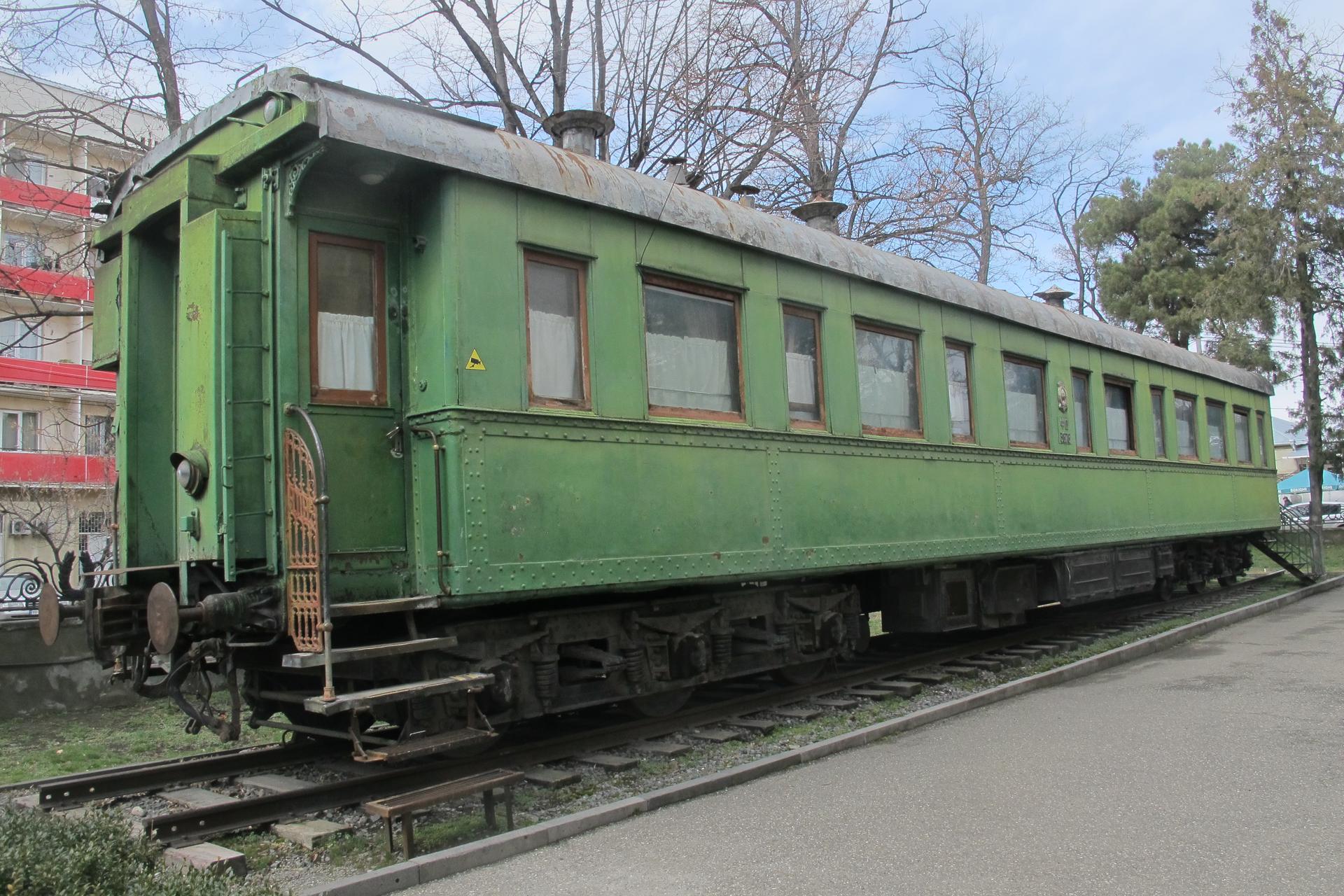
But Bakradse said that, in the end, the government just wasn’t interested in changing the museum. On a recent visit to the museum, staff said they could not comment about the Soviet citizens who died during the Stalin era and that the museum’s director would not be available to answer questions from journalists.
The country’s educational system is also problematic, according to Bakradse. Although Georgia’s school curricula does generally mention ugly details about the widespread killing that occurred under Stalin, school books do not offer a full picture of events, he said.
“It is absolutely not enough for understanding what was [the] Soviet Union and understanding what was a totalitarian system.”
“It is absolutely not enough for understanding what was [the] Soviet Union and understanding what was a totalitarian system,” Bakradse said.
During the Stalin period, Soviet children were taught to adore Stalin almost as a father figure. And old attitudes die hard. A 2012 survey found that many Georgians had a positive view of Stalin.
In Tbilisi, visitors can tour a small, Soviet-era museum that contains a secret underground cavern where a young Stalin supposedly helped run an illegal printing press along with other revolutionaries.
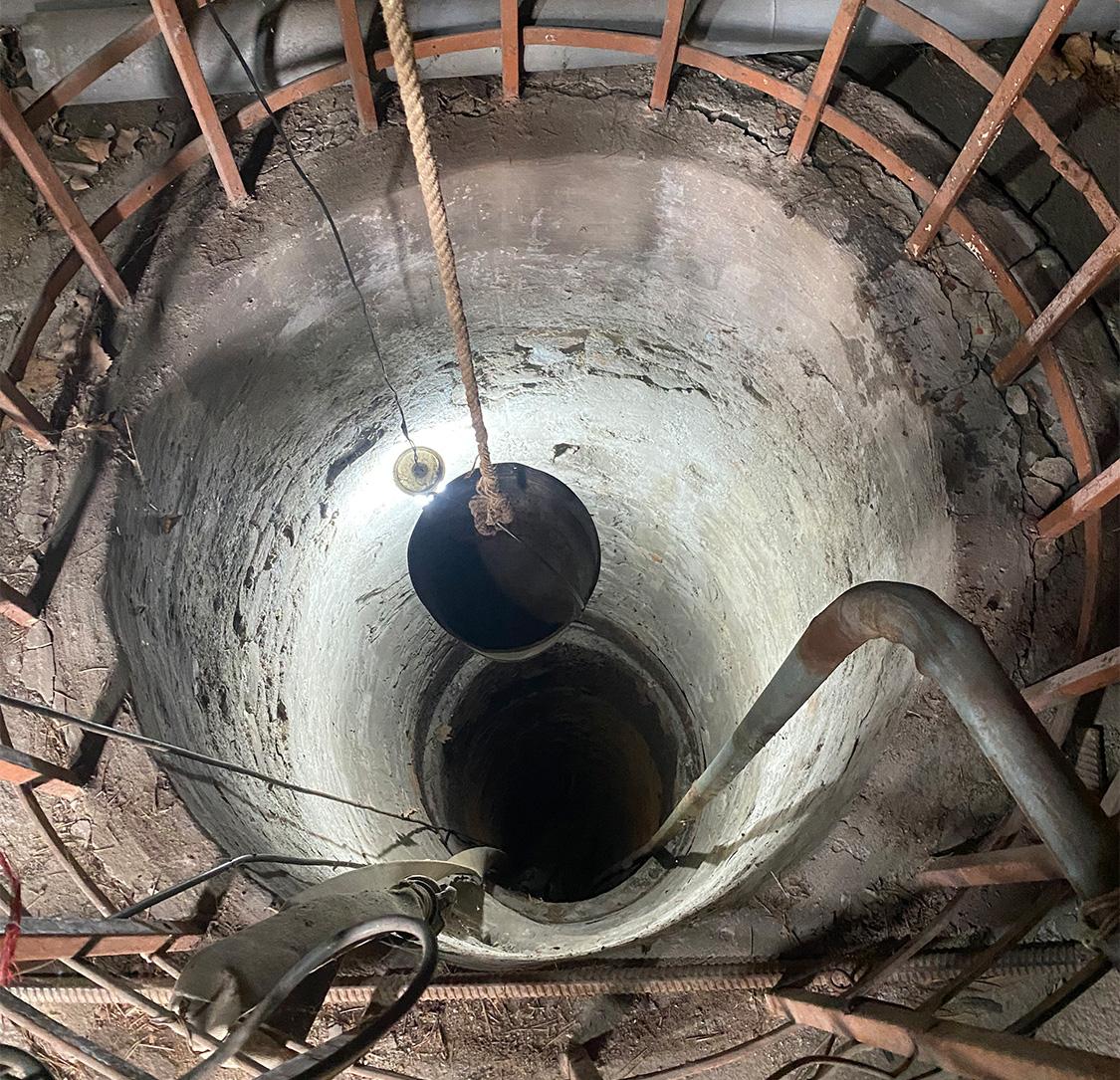
Tamaz Muladze, 71, a tour guide at the printing press museum, talked about life under Stalin with a sort of admiration for a time when the state gave matches and salt away for free, and everyone had the right to an education. He admits that innocent people tragically died during the Stalin period — but rationalizes it as a necessary sacrifice.
“During the Soviet Union, there were many traitors, so without the repressions, they never would have won the war,” Muladze said, referring to the Soviet Union’s defeat of Nazi Germany under Stalin’s leadership.
There have been efforts to minimize Stalin’s outsized influence on Georgian history. A tall Stalin statue in Gori was taken down in 2010 as part of a national movement to rid Georgia of old Soviet monuments. But some locals have advocated to put the old Stalin statue in Gori back up. Another Stalin statue still stands in front of the museum.
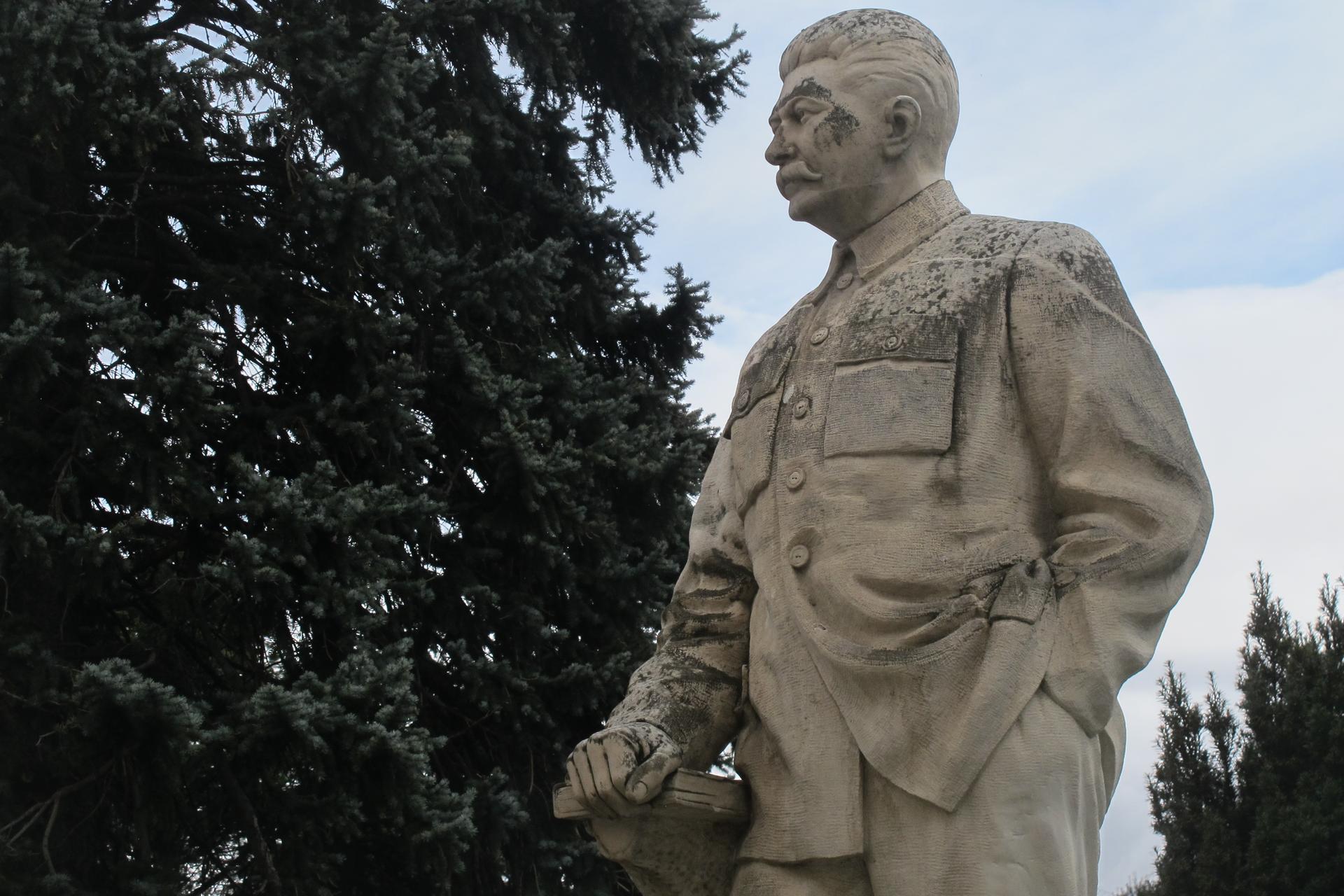
In several Georgian towns where Stalin statues have been removed, locals have reinstated them. Researchers say that some Georgians, mainly the older generation, view Stalin not for who he was, but more as a nostalgic symbol of a time when life felt more stable.
“They respect [Stalin] mechanically because [there’s] this attitude from the Soviet totalitarian society that you should obey — and it’s still working,” said Irakli Khvadagiani, a researcher with SovLab, an organization that documents the history of Stalin’s purges in Georgia.
“In Stalin’s case, people are saying, ‘Yes, I know that he was a murderer, millions died, but I respect him because he was a great leader, he won the Second World War,’ so that’s still feeding this cult of Stalin.”
“In Stalin’s case, people are saying, ‘Yes, I know that he was a murderer, millions died, but I respect him because he was a great leader, he won the Second World War,’ so that’s still feeding this cult of Stalin,” Khvadagiani said.
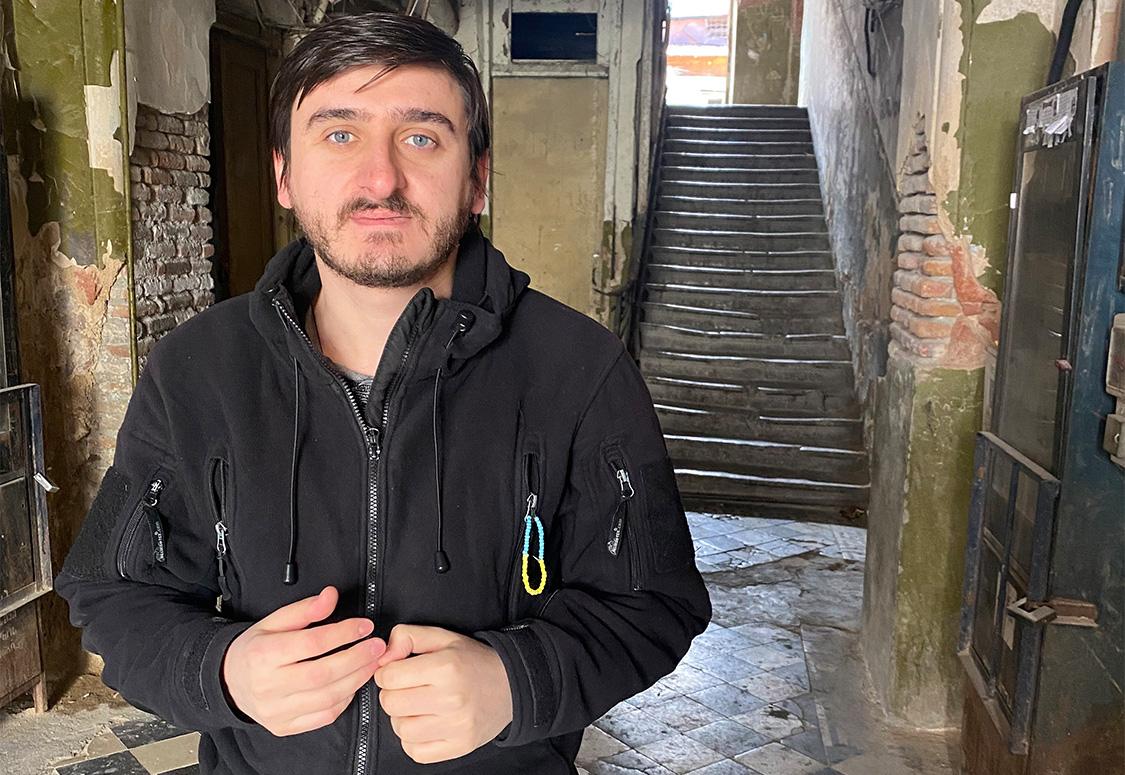
SovLab has tried to get officials to put historical plaques on buildings in Georgia associated with the purges.
But Khvadagiani said that the government is reluctant, in part, because they feel pressure from Russia to avoid shining a spotlight on the past. Last year, Russia shuttered the organization Memorial International, which documented abuses committed under Stalin.
“Everyone knows that if former Soviet republics deal with the Soviet legacy of totalitarian rule, then for Putin’s Russia, it’s a sign that they are trying to escape from the influence of the Russian state,” Khvadagiani said.
The World is an independent newsroom. We’re not funded by billionaires; instead, we rely on readers and listeners like you. As a listener, you’re a crucial part of our team and our global community. Your support is vital to running our nonprofit newsroom, and we can’t do this work without you. Will you support The World with a gift today? Donations made between now and Dec. 31 will be matched 1:1. Thanks for investing in our work!
